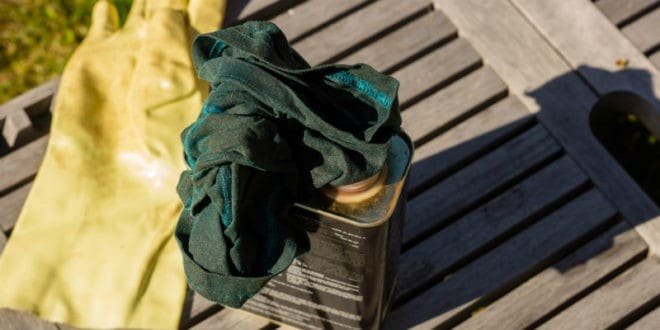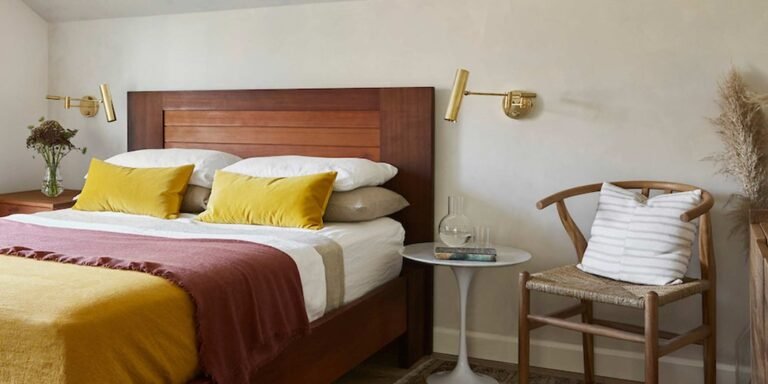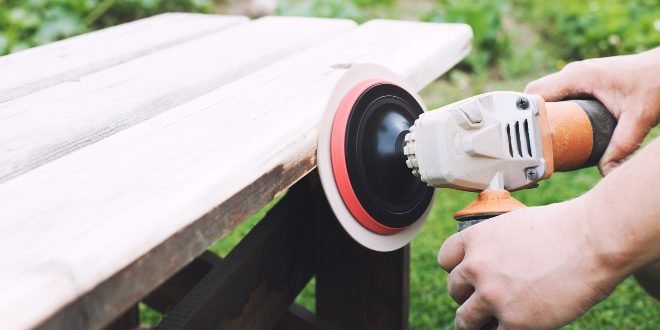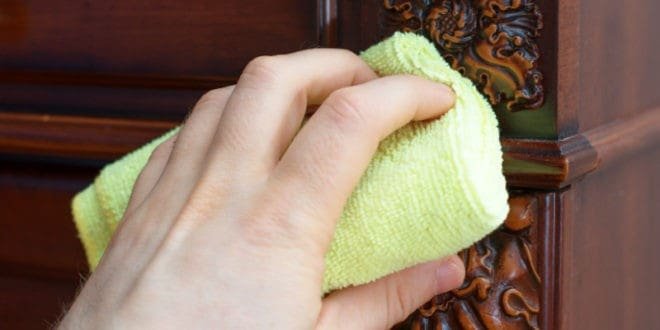Oiling and waxing wooden furniture
” The right coating for optimal furniture care “
When caring for wooden furniture, two variants are mainly used – oiling and waxing. But when is which option suitable and which work steps are involved? In order to make the right decision, a few factors should be taken into account.
Teak wood is a raw material that provides a stylish look in every interior in the form of noble furniture. However, the material is also susceptible to contamination, which is why it is necessary to take care of proper wood care. Two options are mainly considered, which are suitable for the preparation of wooden furniture in the country house style: oiling and waxing. Which of these variants is recommended for you, of course, depends on which type of furniture you are preparing. Is it garden or indoor furniture? And what kind of stress are the good pieces exposed to? If you are aware of these factors, you base your decision for the appropriate polish on them.

Growing wood: beautiful shine, superficial furniture care
At room temperature, wax has a rather firm consistency. The products used for furniture care are made of solvents and liquefied wax, so they can be easily applied due to the light consistency. However, after the teak grows, the solvents evaporate, which creates an unpleasant odor that can last for a while. The wax then returns to its pasty original state and remains for the most part on the surface of the waxed wooden furniture. This results in a beautiful shine, which is appreciated by many connoisseurs and looks elegant, especially with large cabinets made of teak wood. However, the wax softens at a higher temperature, which can lead to sticky spots.
The great advantages of the application the natural properties of wax go hand in hand with its natural properties. Beeswax, for example, does not require any chemical additives and is therefore suitable for allergy sufferers. In addition, wax is more water-repellent than oil. Waxing is also recommended if you prefer a radiant shine on your furniture.
the natural properties of wax go hand in hand with its natural properties. Beeswax, for example, does not require any chemical additives and is therefore suitable for allergy sufferers. In addition, wax is more water-repellent than oil. Waxing is also recommended if you prefer a radiant shine on your furniture.
It should be noted that oiling is no longer possible after waxing, because the wax more or less closes the surface.
Furniture care with oil: Simple, effective, sustainable
By its nature, this substance has a liquid consistency, so it is not necessary to add solvents to it before using it as furniture care. During the treatment, it penetrates deep into the teak furniture and reliably protects it. For example, if you oil teak chests of drawers, then there are no superficial seals, but actual impregnations that repel dirt particularly well. Oiling the wood does not change the appearance of the pieces of furniture and so they retain their original appearance. Linseed oil and special oil for teak wood are excellent for furniture care, preferably with natural ingredients.
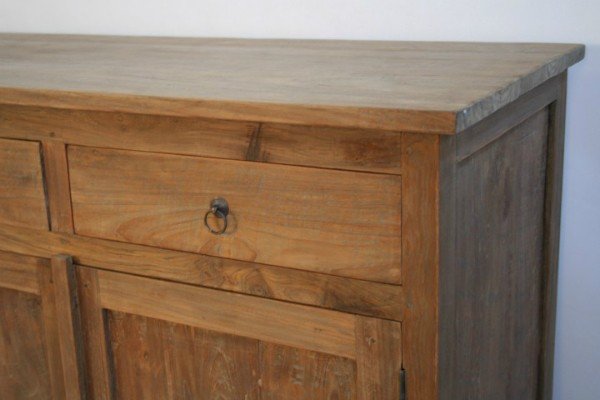
How to do furniture care with oil?
Unlike when you grow teak furniture, the applied oil is absorbed very deeply into the wood. However, this is also the only big difference. In the course of the individual activities, the procedure turns out to be identical for both variants.
Whether you are oiling or waxing teak wood – with a brush, both substances are generously applied to the wooden furniture and evenly distributed after you have removed all residues and cleaned the piece to be treated from any dirt.
Under certain circumstances, you may make several spreads and let the previous one soak in for 20 minutes each.
Where there is still a clear shine in some places after painting, there is excess oil that could not be absorbed. In the case of excess wax, you should definitely remove the remnants, as dirt can easily spread here. It is best to use a lint-free rag to carry off the excess. After that, you should pull in the coating and let the piece of furniture rest for a day. The coating hardens during this waiting time and forms a protective layer by forming a connection with the wood fibers inside the teak furniture and providing impregnation.
Special case: shellac furniture – oiling afterwards or to a specialist?
The most striking surface that a piece of furniture can have is probably a hand-polished shellac surface. Shellac is obtained from the excretions of silk aphids and processed by various methods. Resins are also added to the resulting polishes, the application itself takes place in two steps. First, the raw shellac is applied and after a drying time of several days to weeks, grinding and further layers of the polish are then carried out. This is characterized by its thinness – the thinner, the more artistically worked. The hand-polished surface shines in a brilliant shine.
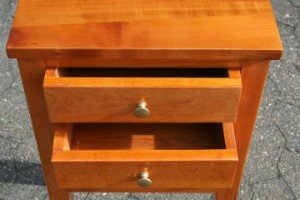 Unfortunately, shellac polished wooden furniture is very sensitive to water, scratches and light. And the layman can not do much for his polish, except to nourish the surface with a few drops of fine oil, if it seems dried up. Almond or nut oils are suitable here, the effect of which should first be tested in an inconspicuous place.
Unfortunately, shellac polished wooden furniture is very sensitive to water, scratches and light. And the layman can not do much for his polish, except to nourish the surface with a few drops of fine oil, if it seems dried up. Almond or nut oils are suitable here, the effect of which should first be tested in an inconspicuous place.
If the surface has any damage, it must be treated by a professional.
Oiling or waxing teak furniture – the advantages in a nutshell
The furniture care by waxing or oiling should preserve the beauty of the wood, so that the beloved pieces of furniture are still attractive even after years. Artificial ingredients for a natural surface can be completely dispensed with here.
It is generally recommended to grow wooden furniture when pieces of furniture should get a soft shine and are not exposed to too heavy loads or adverse circumstances. On the other hand, furniture care with special oil that penetrates deep into the material offers more lasting protection.
